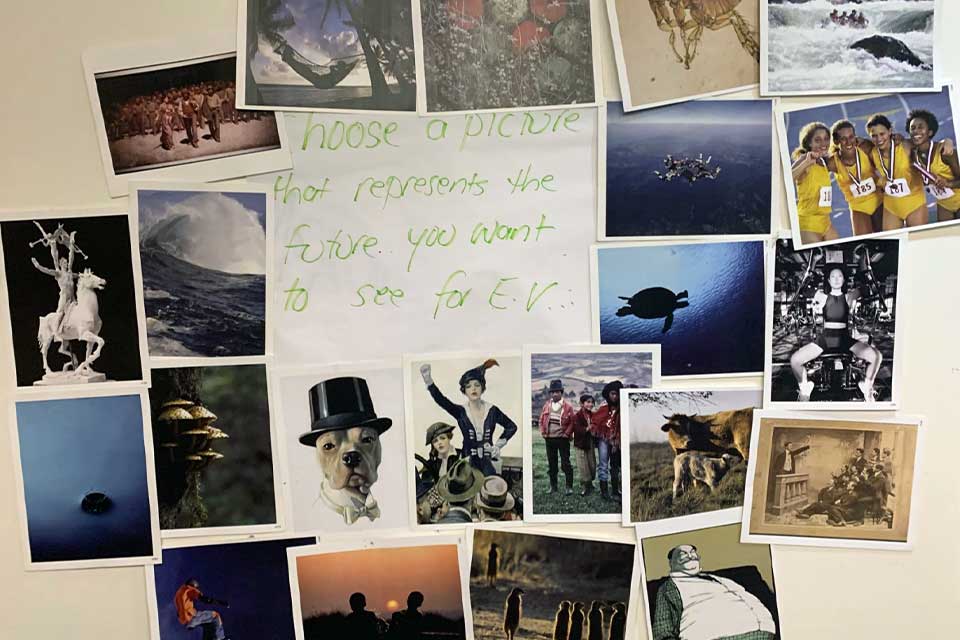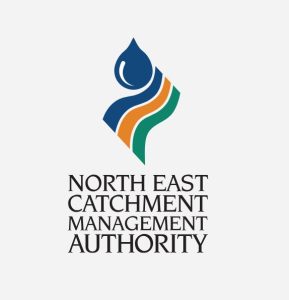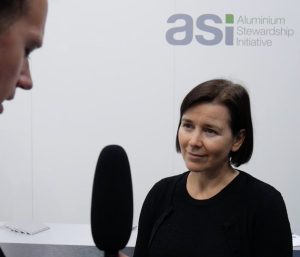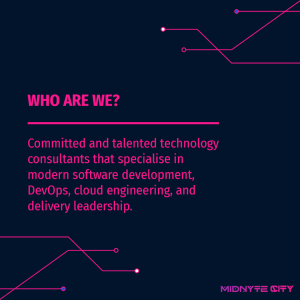Client: Environment Victoria
Environment Victoria (EV) recognised the need to address and incorporate ecological justice (also known as ‘environmental justice’) and the subset of climate justice in the development of the 2022-2026 strategic plan.
“There was a strong desire to have the conversation and take it further than we’d previously gone,” said EV’s CEO, Jono La Nauze. “We needed to unpack and address what is a really complex issue in order to lead to new ways of working.”
Strategy and planning workshops usually require 2-3 days of prep work for each one-day workshop. Every organisation is different, so the first step is to spend time with key client contacts to fully understand what they want and need. In this case, Jono and Conor Costello, the board’s chair.
EV required three workshops. The board and leadership team explored issues in the first workshop. All of EV’s staff joined the second workshop, also to explore issues. The third workshop with the board and leadership team brought all the ideas together and set the way forward.
Key outcomes
- Staff, the board and the management team expressed their views, ideas and concerns in a safe, facilitated environment.
- Through the workshops, EV found a way to translate the often difficult and complex conversation into practical objectives.
- Ecological justice is embedded throughout EV’s draft strategic plan for 2022-2026.
I really appreciated Helga working with us on the agenda and the prep work. It was more prep work than I’m used to, but not a second was wasted. I was able to sit back during the workshops and do what I needed to do in the room, which was to listen and synthesise what everyone was saying.”
Jono La Nauze CEO Environment Victoria
Facilitating EV’s complex needs
Although each organisation and project are different, my framework for strategy and planning workshops focuses on these three key elements:
Developing purpose – vision, purpose, values
Priorities – areas of focus (e.g. goals/strategies/objectives, measures and targets)
The plan – who is doing what, when and how
Developing EV’s purpose
“We needed to get clear on who we are, how we make change in the world, including creating the potential for more transformational change in the longer term,” La Nauze said.
Quite a lot has changed since EV developed and released the last strategic plan. The collaborative tools used in the three workshops ensured that everyone has a chance to express their opinions. Listening was encouraged.
- Future ideation using pictures: Pictures were laid out on a table. Everyone picked and discussed an image that represented the future they wanted to see.
- Deliberative democracy tool: Standing around a room, people expressed their views on ecological justice. Others stepped towards them if in agreement, or away if they had a different view.
- Critical thinking template: Six questions based on De Bono’s Six Thinking Hats. “The prompts really got us thinking,” La Nauze said.
- SOAR (strengths, opportunities, aspirations, results): A more strength-based spin on SWOT (strengths, weaknesses, opportunities, threats) that seeks to understand the bigger picture.

About EV
Aim
What
- Preparation work with CEO and board chair
- Three facilitated workshops
When
Where
Tools
- Group-set ground rules
- Future ideation using pictures
- Deliberative democracy tool
- Critical thinking template
- Feedback frames
- SOAR



